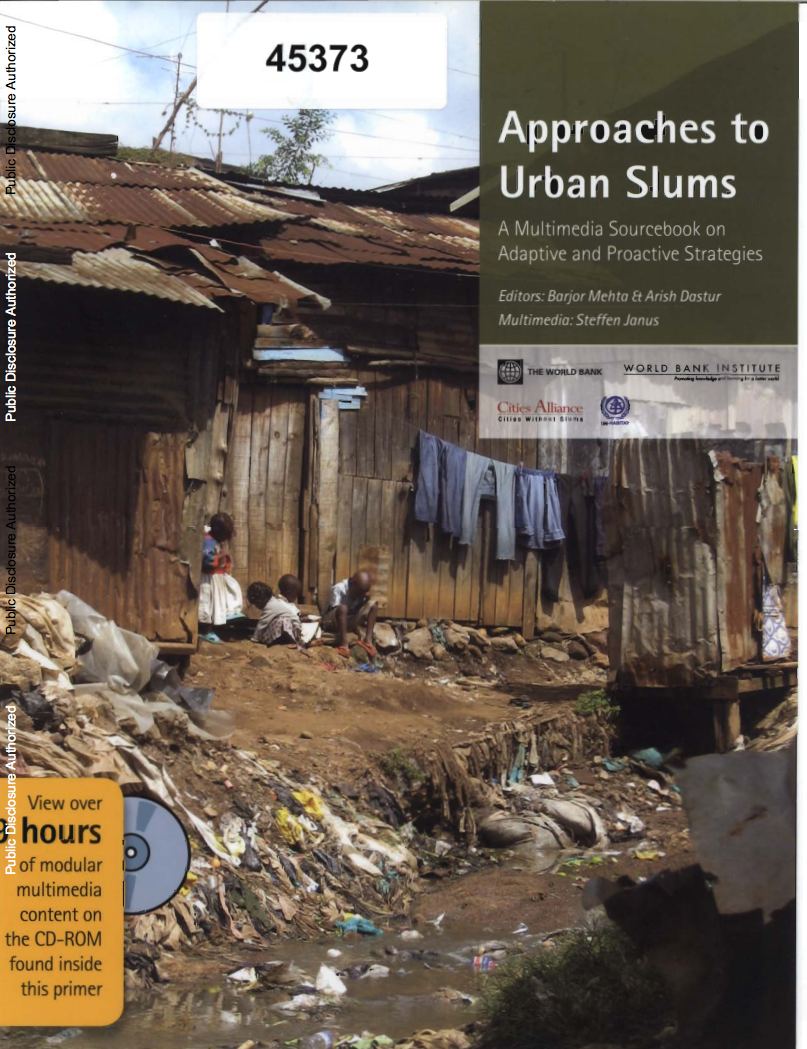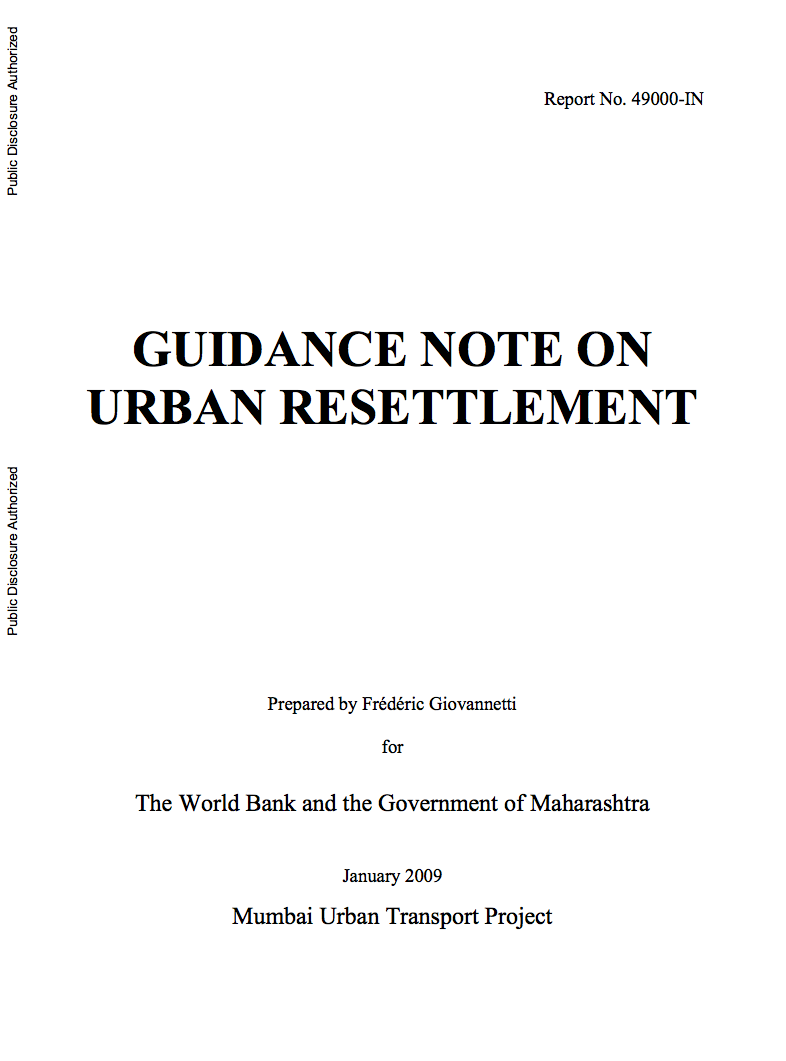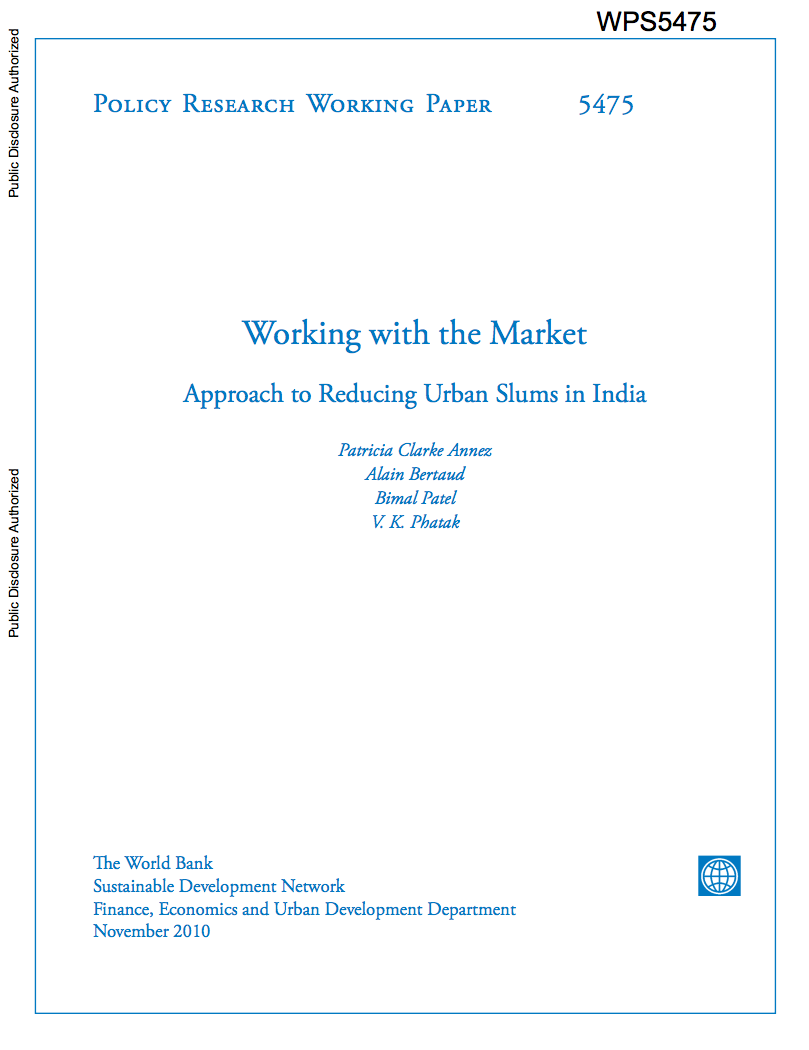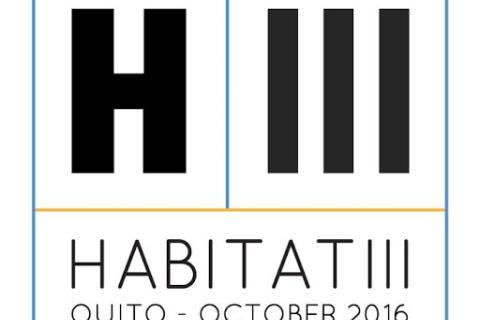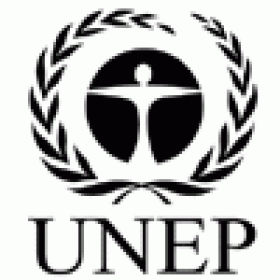
Proportion of urban population living in slums, informal settlements or inadequate housing
Last updated on 1 February 2022
This indicator is currently classified as Tier I. The United Nations Human Settlements Programme (UN-Habitat) is the Custodian agency for this indicator.
Unit of measure: The indicator is unitless, expressing a ratio between the number of people living in households who do not meet one or more of the basic housing conditions and the total population (%), Ratio between the number of households with net monthly expenditure on housing exceeding 30% of the total monthly income and the total population (%), Ratio between the number of households with approved municipal permits and the total population (%)
Why is this indicator important?
Urbanization is one of the most significant global trends of the 21st century. Rapid urbanization without proper planning and governance mechanisms, can lead to tenure insecurity, spatial inequalities and a lack of basic service provision. Expanding slums and precarious informal settlements may increase poverty, pollution, health, and environmental risks. At the same time, displacement for urban development can lead to food insecurity, loss of community structures, and the marginalization of certain segments of the population.
It is thus essential to collect data on the proportion of the population living in slums, informal settlements or those living in inadequate housing so that appropriate policies for addressing housing issues can be developed ensuring no one is left behind.
How is the indicator measured and monitored?
According to the metadata document, people living in informal settlements or slums, do not meet one or more of the five following housing conditions: (1) access to improved water; (2) access to improved sanitation facilities; (3) sufficient-living area (not overcrowded); (4) durable housing; (5) and security of tenure. In addition, the indicator considers whether households have an approved municipal permit as well as their affordability to measure inadequate housing. Most data is derived from censuses and household surveys. In addition, UN-Habitat reports annually on related data in the MDG’s reports. In 2021, the Global Housing Indicators Working Groups suggested to coordinate the worldwide data collection on this indicator.
As of now, indicator measurement covers 320 cities as part of the UN-Habitat City Prosperity Initiative. The data is disaggregated by location, income-group, sex/ethnicity/religion/migration status (head of household), age, and disability status. Planning has already begun for regional and global disaggregation. The major limitations lie with the lack of capacities at national and city levels to assess and monitor all indicator components. Moreover, the indicator does not consider homelessness.
By Anne Hennings, peer-reviewed by Dennis Mwaniki, Spatial Data Expert at UN-Habitat’s Data and Analytics Unit.
Official indicator data
The criteria defining slums, informal settlements and inadequate housing include access to water, access to sanitation, sufficient living area, overcrowding, structural quality, durability and location, security of tenure, affordability, accessibility, and cultural adequacy. * Select "year" below to see the most recent data for more countries.
Other related indicators on the Land Portal
In addition to the official indicator data, the following indicators provide information concerning urban land administration, access to feasible and affordable formalization, and efforts to improve informal settlements.
| Indicator | Min-Max Number of years |
Countries / Obs | Min / Max Value |
|---|---|---|---|
| Formalization of urban residential housing is feasible and affordable | |||
| Individual land in urban areas is (i) recorded and (ii) mapped | |||
| Process to improve informal settlements exists | |||
| Urban Population |
Approaches to Urban Slums : A Multimedia Sourcebook on Adaptive and Proactive Strategies
Approaches to urban slums are a
multimedia sourcebook that comprises 14 self-running
audiovisual presentations and 18 video interviews. It is
organized into four broad sections: adaptive approaches,
proactive approaches, case profiles, and thematic
Climate Change, Disaster Risk, and the Urban Poor : Cities Building Resilience for a Changing World
Poor people living in slums are at
particularly high risk from the impacts of climate change
and natural hazards. They live on the most vulnerable land
within cities, typically areas deemed undesirable by others
and thus affordable. This study analyzes the key challenges
India - Mumbai Urban Transport Project : Guidance Note on Urban Resettlement
The purpose of this guidance note is to
bridge precisely identify how to implement World Bank
resettlement policies in the context of infrastructure
projects affecting South Asian largest cities, with a focus
on the impacts on poor areas and slums. The guidance note is
Working with the Market : Approach to Reducing Urban Slums in India
This paper examines the policy options
for India as it seeks to improve living conditions of the
poor on a large scale and reduce the population in slums.
Addressing the problem requires first a diagnosis of the
market at the city level and a recognition that government
Formal residential markets in urban areas
This case study draws on research that examined the formal urban housing market in South Africa. The research study was carried out by
Pagination
Habitat III Conference
Habitat III is the United Nations Conference on Housing and Sustainable Urban Development to take place in Quito, Ecuador, from 17 – 20 October 2016.
Zika fuelled by rapid urbanization, poor conditions in Latam’s slums – experts
By: Anastasia Moloney
Date: February 19th 2016
Source: Thomson Reuters Foundation / Euronews
BOGOTA (Thomson Reuters Foundation) – The mosquito-borne Zika virus spreading through the Americas, linked to severe birth defects in Brazil, will not be controlled over the long-term unless governments improve poor living conditions in the region’s sprawling slums, experts say.
Pakistan: Sindh govt legalises Karachi slums
By: Aslam Shah
Date: February 19th 2016
Source: Daily Times
Sindh Assembly issues notification granting leasehold rights to slum dwellers
KARACHI: Thousands of innocent Karachiites are being deprived of their hard-earned lifetime saving in shape of properties encroached upon by the 'katchi abadis'.
Pagination
![]()
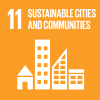
By 2030, ensure access for all to adequate, safe and affordable housing and basic services and upgrade slums
Indicator details
The Indicator is conceptually clear, has an internationally established and available methodology and standards, and that data is regularly produced by countries for at least 50 per cent of countries and of the population in every region where the indicator is relevant.
Key dates:

